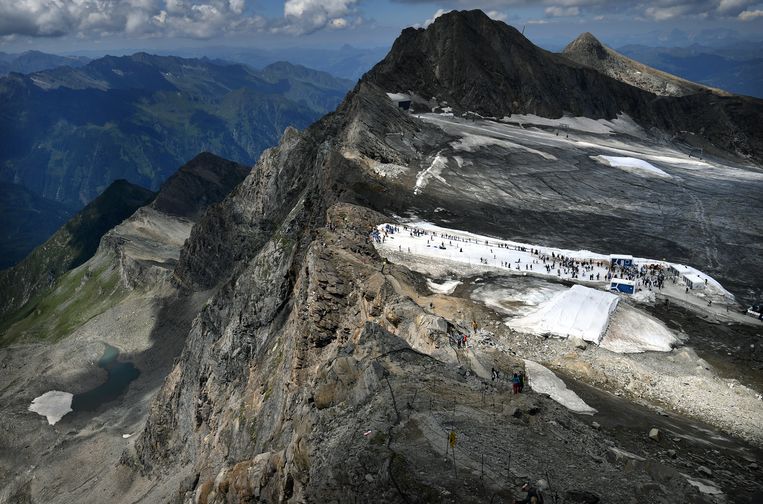Only drastic measures can prevent the world from staying below 1.5 degrees of warming. Even 4 degrees of warming is still not excluded. That’s what the Intergovernmental Panel on Climate Change says in a new summary of the situation.
Another warning, other words echo. “If we act now, we can still secure a viable, sustainable future for all,” said Hosung Lee, chair of the United Nations Climate Panel, the intergovernmental panel on climate change. “If I had to sum up the whole story in one word, it would be: urgency,” says Dutch climate scientist Detlev van Vouren (Netherlands Environmental Assessment Agency). “As a scientist, we are still not on the right track. In fact, this is the crucial moment.”
The UN Climate Panel has written it all again, in a new report: Climate is changing, 1.5 degrees of warming is already inevitable, and if governments don’t do everything they can, later this century we will also exceed two degrees of warming compared to the 19th century. .
And this has consequences: the decay of fragile ecosystems, sea level rise, and natural disasters with heat, drought, and even rain, because a warmer atmosphere can accumulate more moisture. The chance that irreversible processes and processes, such as entire chunks of Antarctic ice or Greenland permafrost, will start melting at the same time increases. And the reason, the only reason, is man. It turns the climate thermostat higher and higher by burning fossil fuels and thus adding infrared absorbing carbon compounds to the atmosphere. Carbon, which has been safely stored deep within the Earth for tens of millions of years, is spinning up again.
tired
Familiar story? Familiar story. But the Intergovernmental Panel on Climate Change’s Climate Panel says that again, just to be sure. In an interim report that summarizes the six sub-reports that have been published in recent years. “Deep, immediate and global emissions reductions are needed, or the next IPCC report will find that we are already over 1.5 degrees,” says Van Vouren.
Another warning. There’s just something tired about it, the authors admit. “I think we have to make the right choices. And even if it’s the fifth or sixth time around, I still think it’s important that we continue to put this information on the table,” says Van Vouren. Co-author Emmy Slangen of the Netherlands Institute for Marine Research (NIOZ) stresses not to confuse it with climate activity or regular climate dramas. This report contains the latest scientific information available to us. Everything in it is based on scientific research.
Fortunately, amid all the gloom, there are hopeful developments, experts stress. In many places, sustainable energy is now cheaper than fossil energy, a few days before the IPCC reports were still different. Or switch to electric driving: suddenly it is envisaged that in ten to twenty years modern countries will completely switch to electric transport. “All kinds of things are moving in the right direction. Not fast enough yet,” says Van Vouren.
Creepy fast
Where does this go? With current policy: about 3 degrees of warming at the end of the century, the Intergovernmental Panel on Climate Change charts. If the European Union, China and India maintain their commitments of zero carbon dioxide in the years 2050, 2060 and 2070 respectively,2 To emit more, we can stay below 2 degrees of warming, the limit set by the international community as “dangerous” in the Paris climate agreement. But, Van Vuuren warns: a 4-degree warming is still not excluded, for example if the climate system were more carbon dioxide-intensive.2 responds than expected.
Meanwhile, the amount of carbon the world could still emit before the temperature rises by 1.5 degrees is a fact that is shrinking at an alarmingly rapid rate. We still have 180-480 billion tons left for that – and the world exports 40 billion tons a year, so this is happening fast. But in practice, the magic 1.5-degree limit could become a reality in a few years, if El Niño temporarily raises the temperature.
and then? Then the battle for a more stable climate will continue. “It’s never been over 1.5 degrees: never mind,” Van Vuuren asserts. “And then reducing becomes even more important.”

“Creator. Award-winning problem solver. Music evangelist. Incurable introvert.”







More Stories
British military spy satellite launched – Business AM
Alarming decline in the Caspian Sea
Lithuania begins construction of military base for German forces